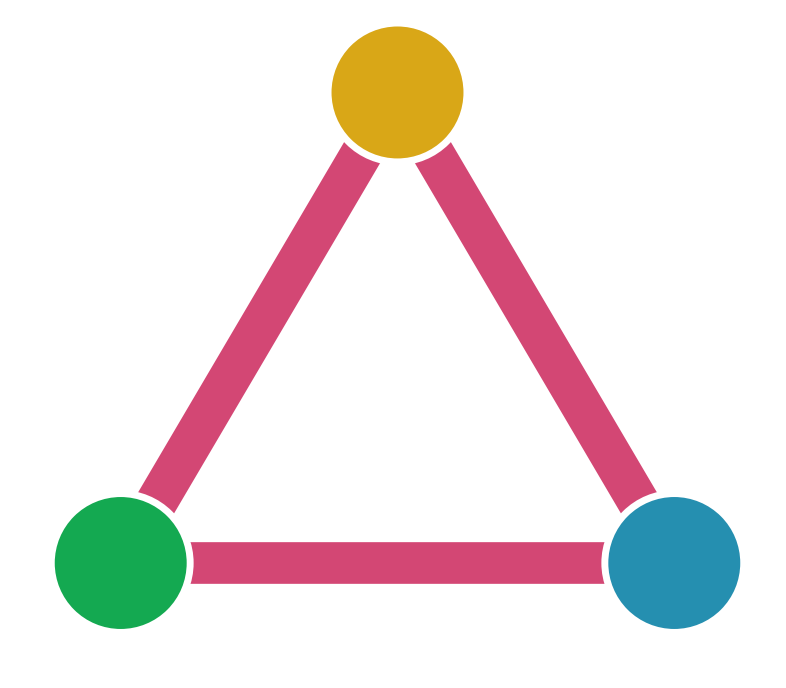Introduction#
Functionality#
PyPSA can calculate:
static power flow (using both the full non-linear network equations and the linearised network equations)
linear optimal power flow (least-cost optimisation of power plant and storage dispatch within network constraints, using the linear network equations, over several snapshots)
security-constrained linear optimal power flow
total electricity/energy system least-cost investment optimisation (using linear network equations, over several snapshots simultaneously for optimisation of generation and storage dispatch and investment in the capacities of generation, storage, transmission and other infrastructure)
It has models for:
meshed multiply-connected AC and DC networks, with controllable converters between AC and DC networks
standard types for lines and transformers following the implementation in pandapower
conventional dispatchable generators and links with unit commitment
generators with time-varying power availability, such as wind and solar generators
storage units with efficiency losses
simple hydroelectricity with inflow and spillage
coupling with other energy carriers
basic components out of which more complicated assets can be built, such as Combined Heat and Power (CHP) units, heat pumps, resistive Power-to-Heat (P2H), Power-to-Gas (P2G), battery electric vehicles (BEVs), Fischer-Tropsch, direct air capture (DAC), etc.; each of these is demonstrated in the examples
Target user group#
PyPSA is intended for researchers, planners and utilities who need a fast, easy-to-use and transparent tool for power system analysis. PyPSA is free software and can be arbitrarily extended.
Screenshots#
PyPSA-Eur optimising capacities of generation, storage and transmission lines (9% line volume expansion allowed) for a 95% reduction in CO2 emissions in Europe compared to 1990 levels
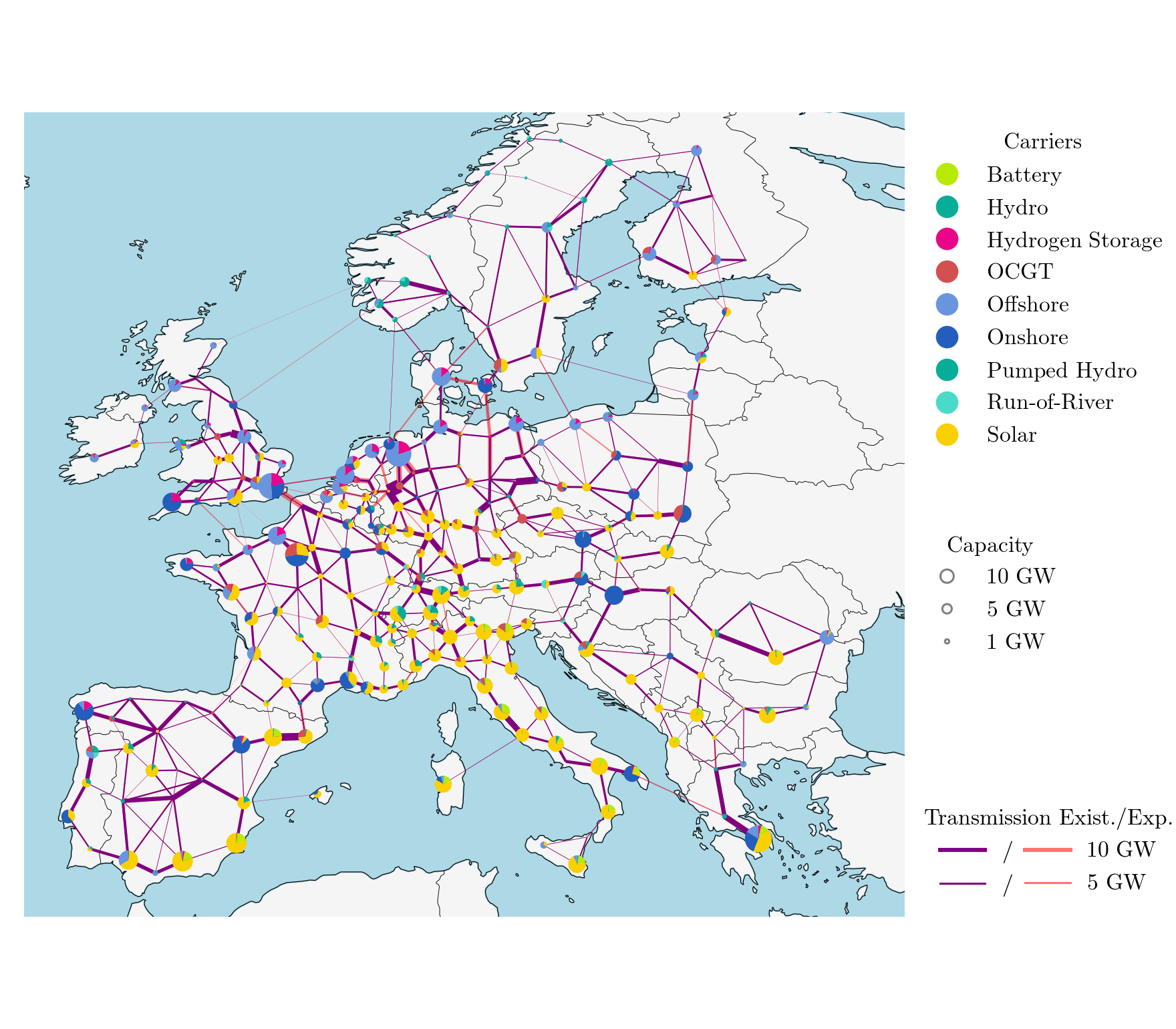
SciGRID model simulating the German power system for 2015. Interactive plots also be generated with the plotly library, as shown in this Notebook

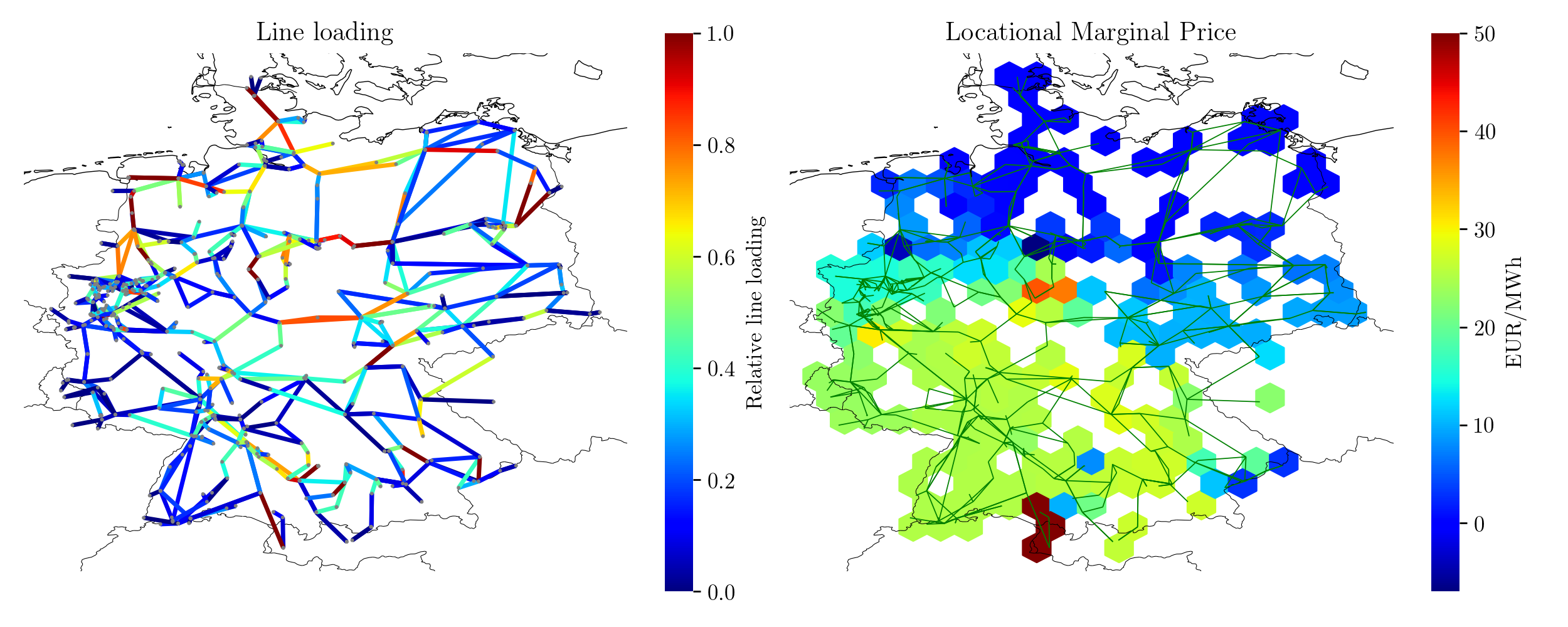
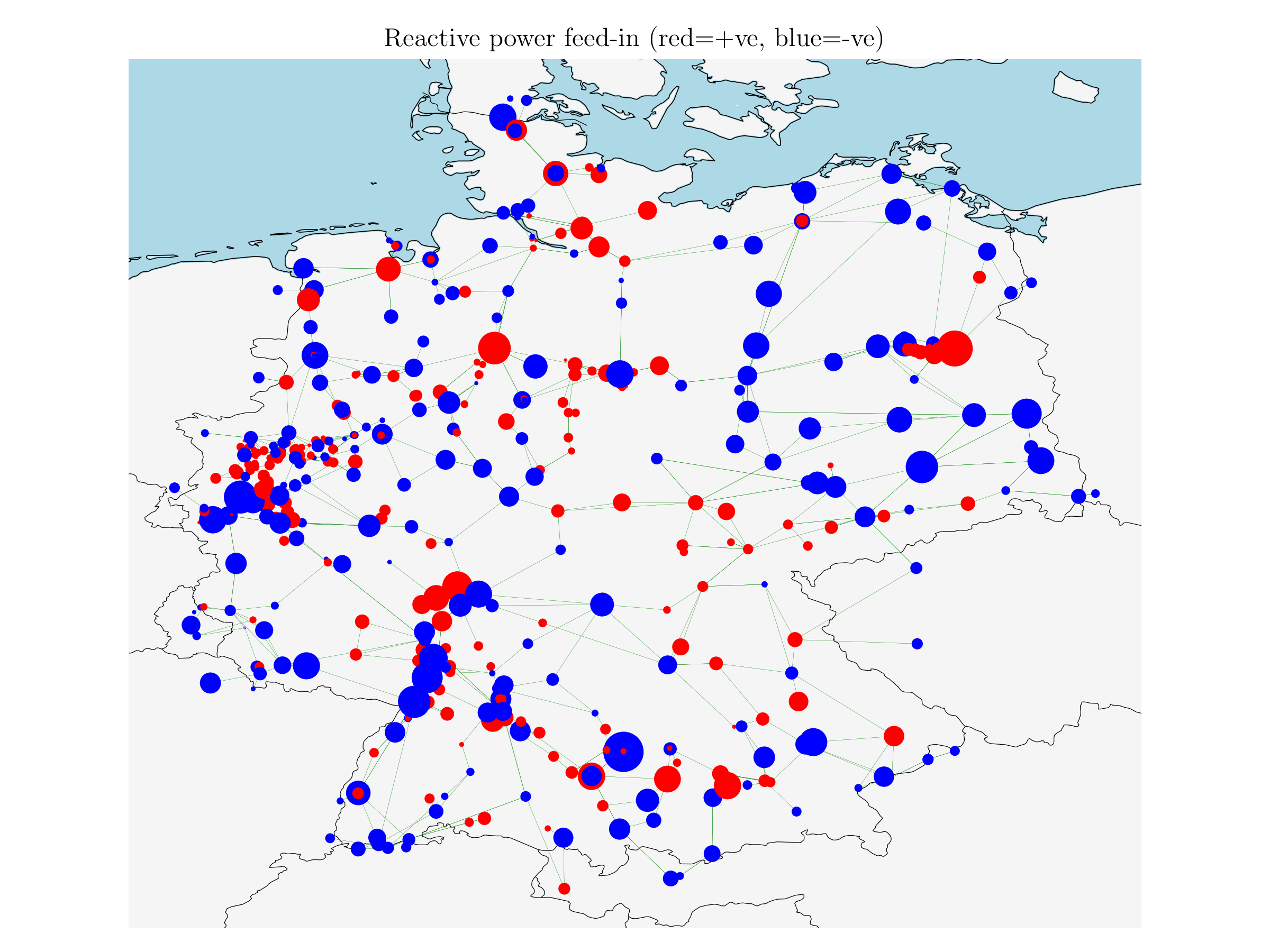
Small meshed AC-DC toy model
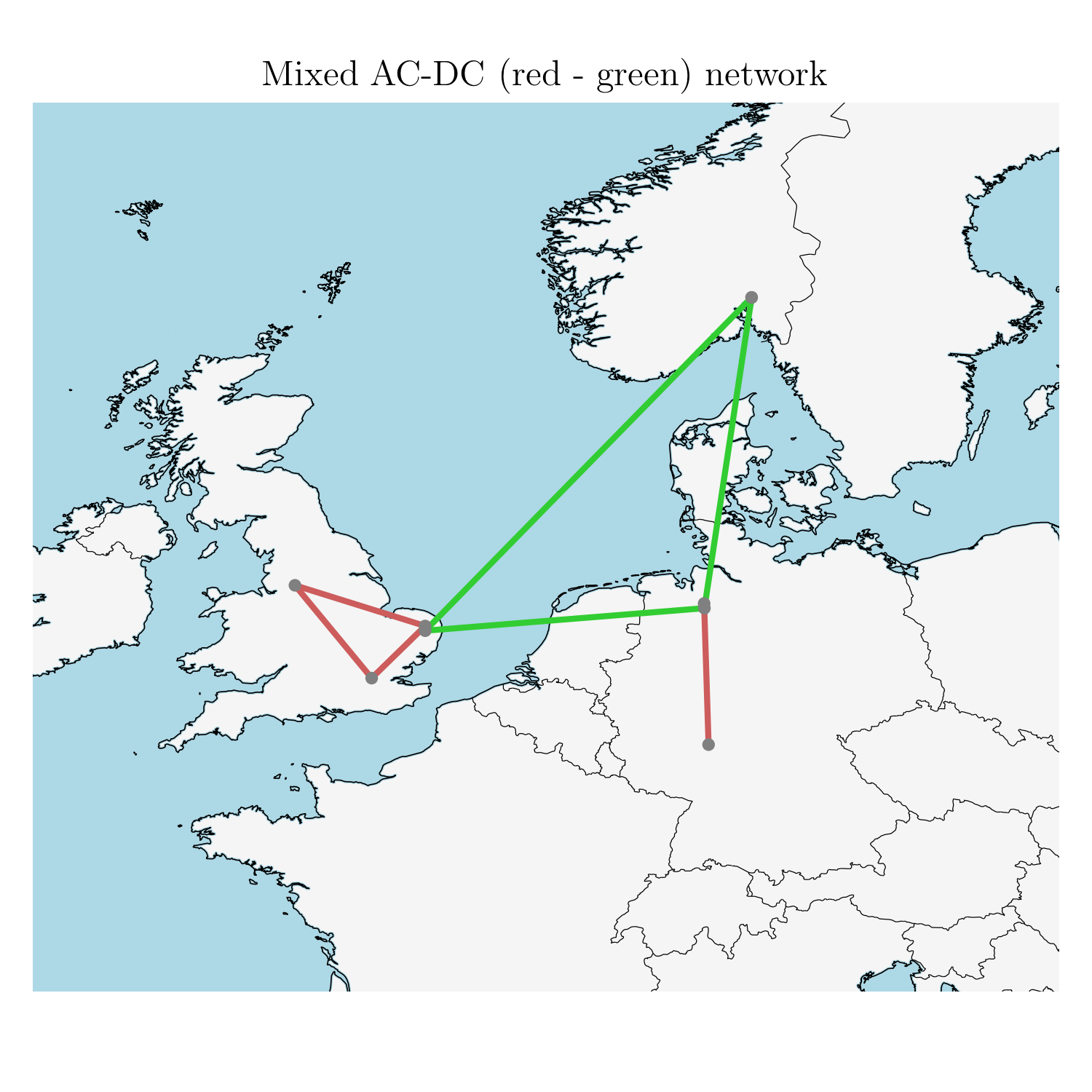
Dependencies#
PyPSA is written and tested to be compatible with Python 3.8 and above. The last release supporting Python 3.7 was PyPSA 0.21.3.
It leans heavily on the following Python packages:
pandas for storing data about components and time series
numpy and scipy for calculations, such as linear algebra and sparse matrix calculations
matplotlib for static plotting
cartopy for plotting the baselayer map
networkx for some network calculations
linopy for preparing optimisation problems (currently only linear and mixed-integer linear)
pytest for unit testing
logging for managing messages
The optimisation uses solver interfaces that are independent of the preferred solver. You can use e.g. one of the free solvers HiGHS, GLPK and CLP/CBC or commercial solvers like Gurobi or CPLEX for which free academic licenses are available.
Other comparable software#
For a full list see Comparable Software.
PyPSA is not as fully featured as other power system simulation tools such as the Matlab-based free software PSAT or the commercial package DIgSILENT PowerFactory.
However for power flow and optimal power flow over several time snapshots with variable renewable energy sources and/or storage and/or mixed AC-DC systems, it offers the flexibility of Python and the transparency of free software.
Another Python power system tool is PYPOWER, which is based on the Matlab-based MATPOWER. In contrast to PYPOWER, PyPSA has an easier-to-use data model (pandas DataFrames instead of numpy arrays), support for time-varying data inputs and support for multiply-connected networks using both AC and DC. PyPSA uses some of the sparse-matrix constructs from PYPOWER.
Licence#
Copyright 2015-2024 Developers of PyPSA
PyPSA is licensed under the open source MIT License.
